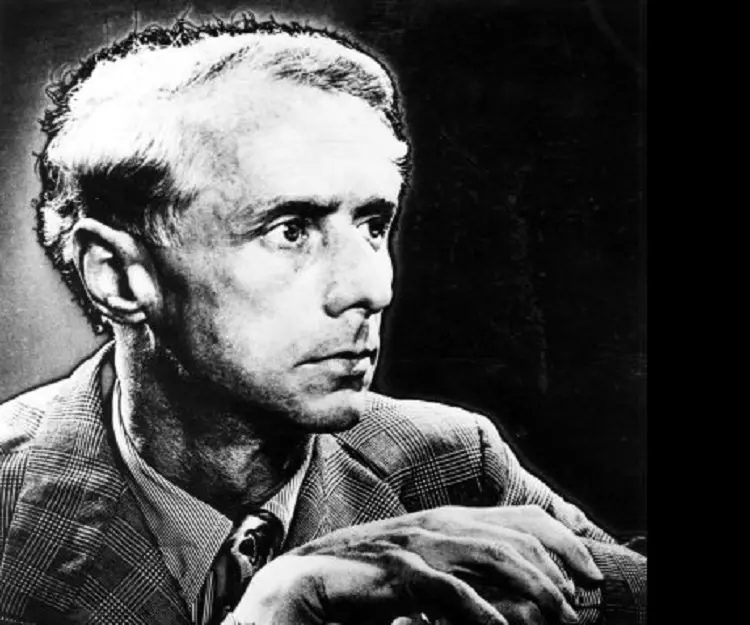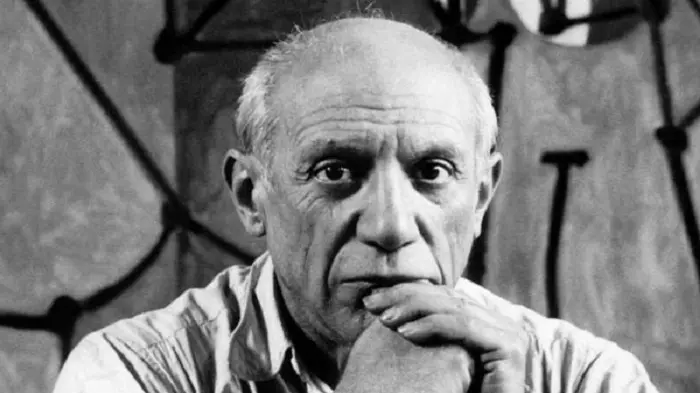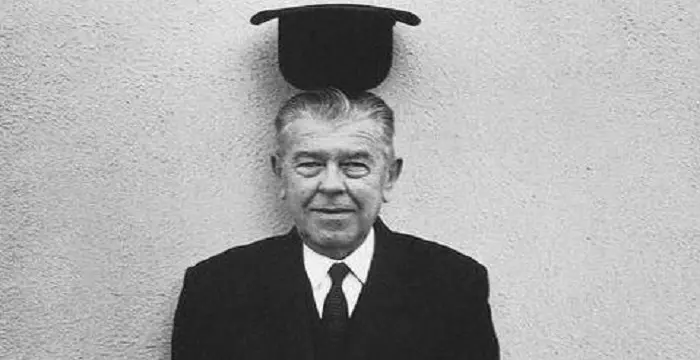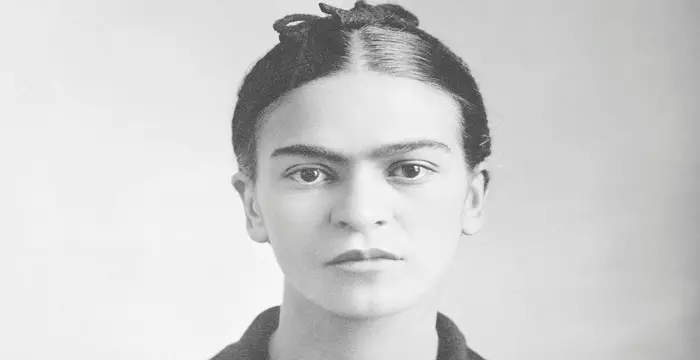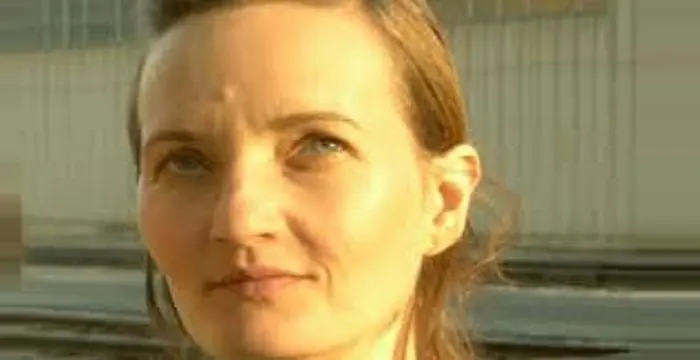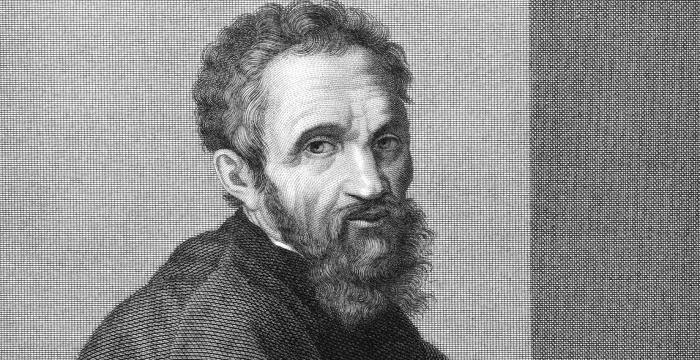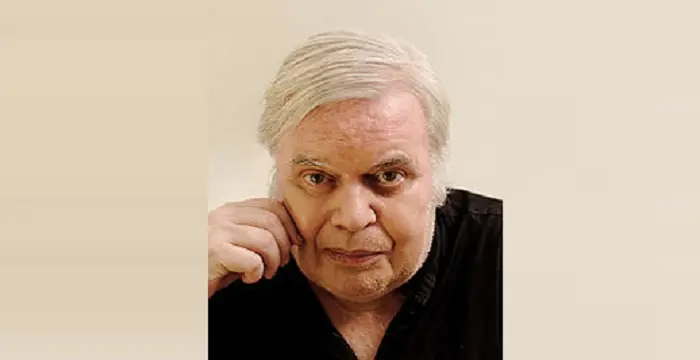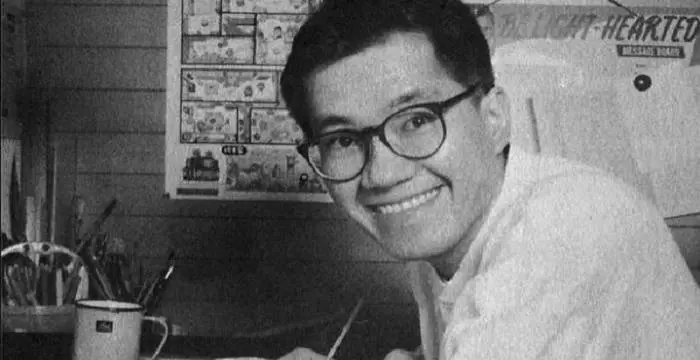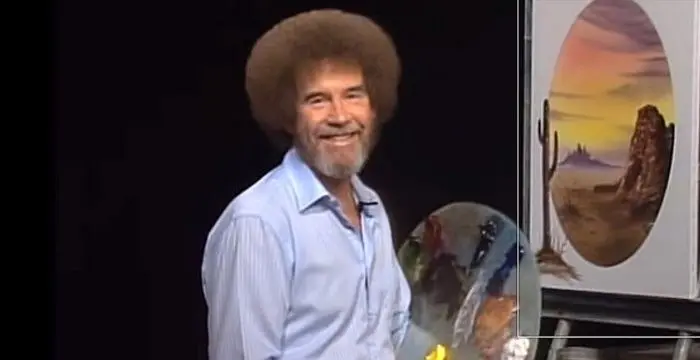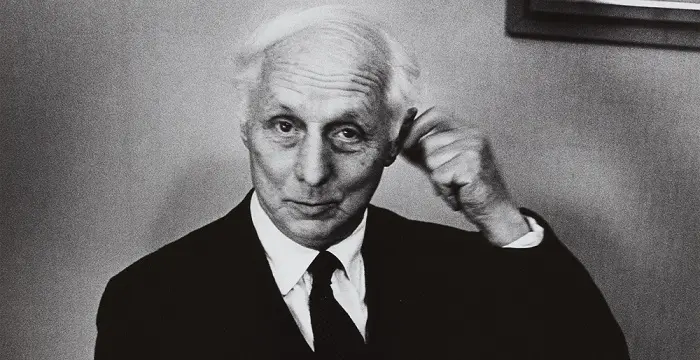
Max Ernst - Artists & Painters, Birthday and Childhood
Max Ernst's Personal Details
Max Ernst was a famous German painter, sculptor and graphic artist
| Information | Detail |
|---|---|
| Birthday | April 2, 1891 |
| Died on | April 1, 1976 |
| Nationality | German |
| Famous | Artists & Painters, Artists, Sculptors, Miscellaneous, Surrealist Artists |
| Spouses | Dorothea Tanning, Luise Straus, Marie-Berthe Aurenche, Peggy Guggenheim |
| Known as | Max Harry Ernst, Ernst, Max |
| Childrens | Jimmy Ernst |
| Universities |
|
| Birth Place | Brühl |
| Gender | Male |
| Father | Philipp Ernst |
| Sun Sign | Aries |
| Born in | Brühl |
| Famous as | Painter, Sculptor |
| Died at Age | 84 |
// Famous Miscellaneous
Jason Simpson
Jason Simpson is the son of former NFL running back, broadcaster and actor O. J. Simpson. Check out this biography to know about his childhood, family, life, and little known facts about him.
Melissa Brim
Melissa Brim is the ex-girlfriend of former professional boxer Floyd Mayweather Jr. Check out this biography to know about her birthday, childhood, family life, achievements and fun facts about her.
Joyce Meyer
Joyce Meyer is a Christian author and speaker. This biography provides detailed information about her childhood, life, achievements, works & timeline
Max Ernst's photo
Who is Max Ernst?
Max Ernst was a famous German painter, sculptor and graphic artist. He was a leading advocate of surrealism and propagated irrationality in art. As a child, he was greatly influenced by his father, who was an amateur painter and also a stern disciplinarian. While his strictness ingrained in Max a tendency to revolt he also introduced him to the world of art and inspired him to take up painting as a profession. Unfortunately, his life as an artist was interrupted by the onset of World War I. Max was sent to fight in both the Western and Eastern Front. That he did not enjoy the experience is evident from his autobiography. Once released from military duty Ernst took up painting once more and soon was converted to Dadaism. He later sneaked into France using forged document and began experimenting with different mode of arts. Then the Second World War erupted. He was first arrested, but was later allowed to travel to the United States. However, he never stopped painting. It was his life.
// Famous Surrealist Artists
Pablo Picasso
Pablo Picasso was one of the greatest painters of the 20th century. With this biography, explore his life, childhood, profile and timeline.
Rene Magritte
Rene Magritte was a Belgian surrealist artist known for his thought-provoking images that force the observers to think beyond their perceptions of reality. This biography provides information about his childhood, life, works & achievements.
Frida Kahlo
Frida Kahlo was a renowned Mexican artist, well known for her self-portraits. Read this biography to learn more about her childhood, life, works, achievements and timeline
Childhood & Early Life
Max Ernst was born on April 2, 1891, in Brühl, near Cologne in Germany to Philip and Luise Ernest. The couple had nine children out of which, Max was born third.
Himself hard of hearing, Philip Ernst earned his living by teaching the deaf. At the same time, he was an amateur painter and spent a lot of time sketching and painting. Max got the inspiration to paint from his father.
In 1909, Max enrolled at the University of Bonn. Here he studied a varied range of subjects like philosophy, psychology, psychiatry, literature, and art history. From now on, he also began to take up painting and sketching seriously.
As a student of psychiatry, Max often visited mental asylum. The inmates there fascinated the artist in him. He also found pleasure in visiting the castle in Brühl and making sketches in its garden. However, until now he like his father was an amateur artist, and drew only for pleasure.
Things began to change in 1911, when Max befriended August Macke and influenced by him, he joined Die Rheinischen Expressionisten, an artists’ group founded by Macke. Soon, Max had a change of heart and decided to become a professional artist.
Visiting Sonderbund exhibition held in Cologne in 1912 was another important milestone in the life of Max Ernst. Here he came across works by great artists like Pablo Picasso, Vincent van Gogh and Paul Gauguin. Their works had deep influence on his approach to art.
From 1912 onwards, Max Ernst began to display his works in different exhibitions and made friends with many well known artists like Guillaume Apollinaire, Robert Delaunay and Hans Arp. However, his life was interrupted as the World War erupted in the middle of 1914. He was drafted and sent to fight.
Career
Max returned to Cologne after being demobilized in 1918. In 1919, he went to Munich and visited Paul Klee. Under him, he studied the paintings of Giorgio de Chirico, who founded the scuola metafisica art movement and had a profound influence on the surrealism.
This is also the year, when Max Ernst took up nihilistic art movement called Dada and created his first collage. Along with Johannes Theodor Baargeld, he also established a Dada group at Cologne. Hans Arp, who had by now become a close friend, also joined the group.
In 1919 and 1920, Ernst published a number of magazines, none of which survived for long. In addition, he also organized a number of Dada exhibitions. His photomontage ‘Here Everything Is Still Floating’ was created in 1920.
in 1921, Ernst met French poet André Breton and Paul Éluard. Ernst and Éluard became lifelong friend. In the same year Éluard bought Ernst’s paintings and collages to illustrate his poetry book, Répétitions.
Later in 1922, the two friends collaborated to bring out a book of poems and collages called ‘Les malheurs des immortels’. According to many critics, it is one of the best examples of authentic collaboration of surrealist works. Later, he also collaborated with André Breton.
This was also the year when Ernst migrated to France, leaving behind his wife and son. Because he could not get valid papers he had to use forged documents.
To support himself in Paris, Ernst undertook many odd jobs and at the same time continued painting. In 1923, he had his first exhibition in Paris at Salon des Indépendants. Later he took a trip to South East Asia and returned to Paris in 1924.
In 1924, he founded a group, Surrealists. It consisted of painters as well as writers, whose works evolved from the unconscious state of mind. This was also the year when Ernst began to paint full-time.
In 1925, Ernst established a studio at 22, rue Tourlaque. Sometime now he developed a new technique called like frottage. He also explored other surreal techniques like decalcomania.
In 1926, he along with Spanish painter Joan Miró, created a new technique called grattage. This was also the year he painted ‘The Virgin Chastises the infant Jesus before Three Witnesses: André Breton, Paul Éluard, and the Painter’. It created great controversy.
In 1929, Ernst returned to collages and created collage novel titled ‘Woman with 100 heads’. It was a wordless novel, created by assembling illustrations from 19th and 20th century reading materials. Later in 1930, he published another collage novel ‘A Little Girl Dreams of Taking the Veil’.
At the same time, Ernst became increasingly interested in birds and began to represent himself in a bird like form, he christened ‘Loplop’. In fact, Loplop was his alter ego and it appeared in many of his paintings and especially in his next collage novel titled ‘Une semaine de bonté’, published in 1934.
This was also the year, when he began experimenting with sculpture. Just as in paintings, Ernst used improvised media to create magnificent art objects. For example, his ‘Oedipus II’ was created out of wooden pails, dangerously balanced against one another.
When the World War II began in 1939, Ernst was declared undesirable foreigner and interned at Camp des Milles. Fortunately, he came out within few weeks on the intervention of his friends. When Germany occupied France, Ernst was arrested by Gestapo, the German Secret police.
However, with the help of his friends, he somehow managed to reach United States. Here, he continued with his artistic works and helped to develop abstract expressionism, an art form based on surrealism. That he was also influenced by African art is evident from his 1944 sculpture, ‘The King Playing with the Queen’.
Over the years, his works became less experimental. In sculpture, he used traditional materials, but spent his time and energy to perfect his modeling techniques. 'Two and Two Make One' (1956) and 'Immortel' (1966–67) are two examples of his creations of this period.
In addition, he continued creating marvels through drawing, painting, collages and lithographs. He also illustrated books by many well known authors including Lewis Carroll’s ‘Symbolic Logic’ (1966), ‘The Hunting of the Snark’ (1968), and ‘Lewis Carrols Wunderhorn’ (1970).
Major Works
In 1925, inspired by an ancient wooden floor in which the grains had been accentuated by many years of rubbing, Max Ernst invented a new art form called frottage. The word comes from frotter, meaning to rub. In this art form, the artist rubs a pencil or any other drawing tools on an uneven surface. The resulting drawing is either left as it is or used as a basis of other paintings.
In 1926, Ernst co invented another technique called grattage. In this technique, wet paint is scrapped off from the canvas so as to reveal imprints of objects placed beneath the canvas. His ‘Forest and Dove’, created in 1927, is a fine example of this technique.
Awards and Achievements
In 1954, Max Ernst was awarded the Grand Prize for painting by Venice Biennale, an art organization, now known as Biennale Foundation. The organization is based in Venice.
In 1975, the Solomon R. Guggenheim Museum arranged a major retrospective of his works. The exposition traveled to the Musée National d'Art Moderne, Paris, albeit in a modified form.
Personal Life & Legacy
In 1918, Max Ernst married Luise Straus, who was a student of art history and later became a well known journalist. The couple had a son named Hans-Ulrich Ernst, who later moved to the United States and changed his name to Jimmy Ernst. Jimmy was also a well-known artist.
Max and Luise did not stay together for long. In 1922, Ernst left behind his wife and son and moved to France. Later, he divorced Luise and settled permanently in Paris. Here he went into a ménage à trois or threesome relationship with his friend Paul Éluard and his wife Gala
In 1927, Ernst married Marie-Berthe Aurenche. The couple separated in 1937 and later divorced. It is said that this relationship inspired Ernst to create many paintings of erotic nature. The couple did not have any children.
In 1937, Ernst met Leonora Carrington, an English born Mexican painter. The couple left Paris and settled in Southern France. They collaborated in many projects and supported each other’s artistic development. Unfortunately, they were forced to separate on the onset of World War II.
Next in 1942, Ernst married American heiress and art collector Peggy Guggenheim. The couple divorced in 1946 without producing any heir.
Also in 1946, Ernst tied the knot for the last time with Dorothea Margaret Tanning, a painter, printmaker, sculptor, writer and poet. The marriage lasted till Ernst death in 1976. They did not have any children.
Max Ernst died on April 1, 1976 in Paris. He was then 84 years old and was survived by his wife Dorothea and son Jimmy. He was interred at Père Lachaise Cemetery.
// Famous Sculptors
Yvonne McGuinness
Yvonne McGuinness is an Irish multimedia artist. This biography profiles her childhood, family, personal life, career, etc.
Michelangelo
Michelangelo was an Italian sculptor, painter, architect and poet. He is considered to be one of the greatest artists of the High Renaissance period. Know more about his childhood, life, achievements, works & timeline, in this brief biography
H. R. Giger
The famous designer of science fiction movie ‘Alien’, H. R. Giger is known for his surrealist and pioneering set-designs, sculptures and paintings. To know more about his childhood, career, profile and timeline read on.
Max Ernst biography timelines
- // 2nd Apr 1891Max Ernst was born on April 2, 1891, in Brühl, near Cologne in Germany to Philip and Luise Ernest. The couple had nine children out of which, Max was born third.
- // 1909In 1909, Max enrolled at the University of Bonn. Here he studied a varied range of subjects like philosophy, psychology, psychiatry, literature, and art history. From now on, he also began to take up painting and sketching seriously.
- // 1911Things began to change in 1911, when Max befriended August Macke and influenced by him, he joined Die Rheinischen Expressionisten, an artists’ group founded by Macke. Soon, Max had a change of heart and decided to become a professional artist.
- // 1912Visiting Sonderbund exhibition held in Cologne in 1912 was another important milestone in the life of Max Ernst. Here he came across works by great artists like Pablo Picasso, Vincent van Gogh and Paul Gauguin. Their works had deep influence on his approach to art.
- // 1912 To 1914From 1912 onwards, Max Ernst began to display his works in different exhibitions and made friends with many well known artists like Guillaume Apollinaire, Robert Delaunay and Hans Arp. However, his life was interrupted as the World War erupted in the middle of 1914. He was drafted and sent to fight.
- // 1918 To 1919Max returned to Cologne after being demobilized in 1918. In 1919, he went to Munich and visited Paul Klee. Under him, he studied the paintings of Giorgio de Chirico, who founded the scuola metafisica art movement and had a profound influence on the surrealism.
- // 1918In 1918, Max Ernst married Luise Straus, who was a student of art history and later became a well known journalist. The couple had a son named Hans-Ulrich Ernst, who later moved to the United States and changed his name to Jimmy Ernst. Jimmy was also a well-known artist.
- // 1921in 1921, Ernst met French poet André Breton and Paul Éluard. Ernst and Éluard became lifelong friend. In the same year Éluard bought Ernst’s paintings and collages to illustrate his poetry book, Répétitions.
- // 1922Later in 1922, the two friends collaborated to bring out a book of poems and collages called ‘Les malheurs des immortels’. According to many critics, it is one of the best examples of authentic collaboration of surrealist works. Later, he also collaborated with André Breton.
- // 1922Max and Luise did not stay together for long. In 1922, Ernst left behind his wife and son and moved to France. Later, he divorced Luise and settled permanently in Paris. Here he went into a ménage à trois or threesome relationship with his friend Paul Éluard and his wife Gala
- // 1923 To 1924To support himself in Paris, Ernst undertook many odd jobs and at the same time continued painting. In 1923, he had his first exhibition in Paris at Salon des Indépendants. Later he took a trip to South East Asia and returned to Paris in 1924.
- // 1924In 1924, he founded a group, Surrealists. It consisted of painters as well as writers, whose works evolved from the unconscious state of mind. This was also the year when Ernst began to paint full-time.
- // 1925In 1925, Ernst established a studio at 22, rue Tourlaque. Sometime now he developed a new technique called like frottage. He also explored other surreal techniques like decalcomania.
- // 1925In 1925, inspired by an ancient wooden floor in which the grains had been accentuated by many years of rubbing, Max Ernst invented a new art form called frottage. The word comes from frotter, meaning to rub. In this art form, the artist rubs a pencil or any other drawing tools on an uneven surface. The resulting drawing is either left as it is or used as a basis of other paintings.
- // 1926In 1926, he along with Spanish painter Joan Miró, created a new technique called grattage. This was also the year he painted ‘The Virgin Chastises the infant Jesus before Three Witnesses: André Breton, Paul Éluard, and the Painter’. It created great controversy.
- // 1926 To 1927In 1926, Ernst co invented another technique called grattage. In this technique, wet paint is scrapped off from the canvas so as to reveal imprints of objects placed beneath the canvas. His ‘Forest and Dove’, created in 1927, is a fine example of this technique.
- // 1927 To 1937In 1927, Ernst married Marie-Berthe Aurenche. The couple separated in 1937 and later divorced. It is said that this relationship inspired Ernst to create many paintings of erotic nature. The couple did not have any children.
- // 1929 To 1930In 1929, Ernst returned to collages and created collage novel titled ‘Woman with 100 heads’. It was a wordless novel, created by assembling illustrations from 19th and 20th century reading materials. Later in 1930, he published another collage novel ‘A Little Girl Dreams of Taking the Veil’.
- // 1934At the same time, Ernst became increasingly interested in birds and began to represent himself in a bird like form, he christened ‘Loplop’. In fact, Loplop was his alter ego and it appeared in many of his paintings and especially in his next collage novel titled ‘Une semaine de bonté’, published in 1934.
- // 1937In 1937, Ernst met Leonora Carrington, an English born Mexican painter. The couple left Paris and settled in Southern France. They collaborated in many projects and supported each other’s artistic development. Unfortunately, they were forced to separate on the onset of World War II.
- // 1939When the World War II began in 1939, Ernst was declared undesirable foreigner and interned at Camp des Milles. Fortunately, he came out within few weeks on the intervention of his friends. When Germany occupied France, Ernst was arrested by Gestapo, the German Secret police.
- // 1942 To 1946Next in 1942, Ernst married American heiress and art collector Peggy Guggenheim. The couple divorced in 1946 without producing any heir.
- // 1944However, with the help of his friends, he somehow managed to reach United States. Here, he continued with his artistic works and helped to develop abstract expressionism, an art form based on surrealism. That he was also influenced by African art is evident from his 1944 sculpture, ‘The King Playing with the Queen’.
- // 1946 To 1976Also in 1946, Ernst tied the knot for the last time with Dorothea Margaret Tanning, a painter, printmaker, sculptor, writer and poet. The marriage lasted till Ernst death in 1976. They did not have any children.
- // 1954In 1954, Max Ernst was awarded the Grand Prize for painting by Venice Biennale, an art organization, now known as Biennale Foundation. The organization is based in Venice.
- // 1956 To 1966Over the years, his works became less experimental. In sculpture, he used traditional materials, but spent his time and energy to perfect his modeling techniques. 'Two and Two Make One' (1956) and 'Immortel' (1966–67) are two examples of his creations of this period.
- // 1975In 1975, the Solomon R. Guggenheim Museum arranged a major retrospective of his works. The exposition traveled to the Musée National d'Art Moderne, Paris, albeit in a modified form.
- // 1st Apr 1976Max Ernst died on April 1, 1976 in Paris. He was then 84 years old and was survived by his wife Dorothea and son Jimmy. He was interred at Père Lachaise Cemetery.
// Famous Artists & Painters
Micheline Roquebrune
Micheline Roquebrune is a petite Moroccan-French painter best known as the third wife the legendary Scottish actor Sir Sean Connery. Check out this biography to know about her birthday, childhood, family life, achievements and fun facts about her.
Yvonne McGuinness
Yvonne McGuinness is an Irish multimedia artist. This biography profiles her childhood, family, personal life, career, etc.
Akira Toriyama
Akira Toriyama is a Japanese manga artist. This biography profiles his childhood, family, personal life, achievements, etc.
Bob Ross
Bob Ross was a celebrated, creative American painter and an art instructor. Check out this biography to know about his birthday, childhood, family life, achievements and fun facts about him.
Pablo Picasso
Pablo Picasso was one of the greatest painters of the 20th century. With this biography, explore his life, childhood, profile and timeline.
Johannes Vermeer
Johannes Vermeer was a famous Dutch Baroque painter of the seventeenth century. This biography provides detailed information about his childhood, profile, career and timeline
Max Ernst's FAQ
What is Max Ernst birthday?
Max Ernst was born at 1891-04-02
When was Max Ernst died?
Max Ernst was died at 1976-04-01
Where was Max Ernst died?
Max Ernst was died in Paris
Which age was Max Ernst died?
Max Ernst was died at age 84
Where is Max Ernst's birth place?
Max Ernst was born in Brühl
What is Max Ernst nationalities?
Max Ernst's nationalities is German
Who is Max Ernst spouses?
Max Ernst's spouses is Dorothea Tanning, Luise Straus, Marie-Berthe Aurenche, Peggy Guggenheim
Who is Max Ernst childrens?
Max Ernst's childrens is Jimmy Ernst
What was Max Ernst universities?
Max Ernst studied at University of Bonn
Who is Max Ernst's father?
Max Ernst's father is Philipp Ernst
What is Max Ernst's sun sign?
Max Ernst is Aries
How famous is Max Ernst?
Max Ernst is famouse as Painter, Sculptor




